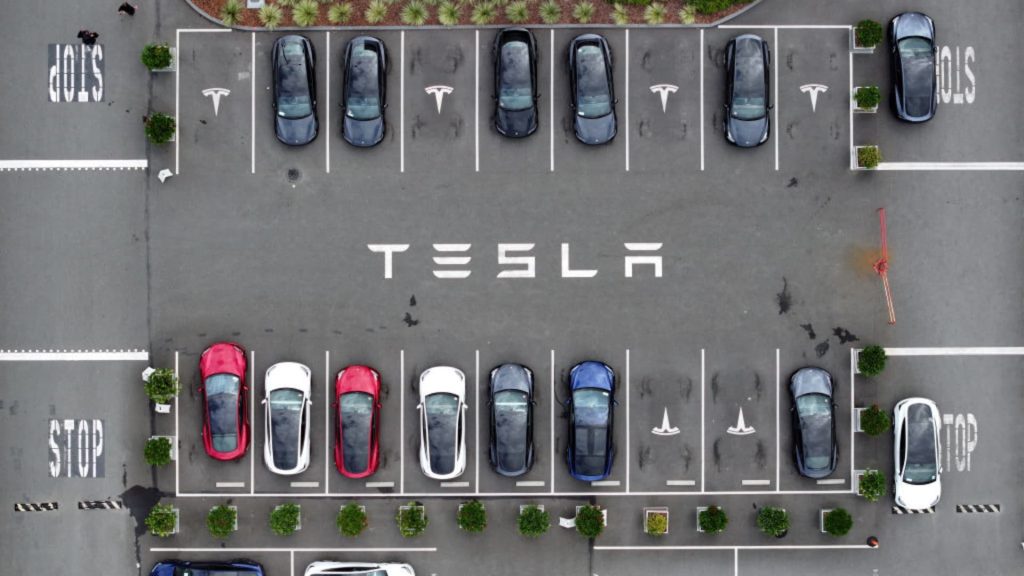Drew Baglino, former Tesla executive, recently sold approximately $181.5 million worth of shares in the electric vehicle company, according to a filing with the SEC. Baglino, who had been with Tesla since 2006 and held a senior vice president position, announced his resignation following a 10% reduction in the company’s global workforce and a drop in first-quarter deliveries. He had previously sold about $4 million worth of shares earlier in the year. Despite Baglino’s departure, he was seen as a key figure within the company, often discussing important topics like mining, battery manufacturing, and performance during company events.
As Tesla appeared to be undergoing a major strategic shift, CEO Elon Musk emphasized the company’s focus on its “autonomy roadmap” during an earnings call. Musk announced plans to unveil a robotaxi design, known as the CyberCab, on August 8 and highlighted Tesla’s investments in AI infrastructure. He expressed confidence in Tesla’s ability to deliver self-driving vehicle technology, robotaxis, and even a “sentient” humanoid robot in the future. Musk’s comments led to an 18% increase in Tesla’s stock price following the earnings report, although some analysts, such as Bernstein’s Toni Sacconaghi, expressed skepticism about the company’s ability to deliver on its promises.
Tesla reported a 9% decline in revenue in the first quarter, along with a 55% drop in net income, due to decreased demand and increased competition in the electric vehicle market. Musk expressed optimism about the company’s prospects for the second quarter but did not provide guidance for the rest of the year. Following the earnings call, Martin Viecha, Tesla’s vice president of investor relations, also announced his resignation. This wave of departures within the company raised questions about Tesla’s future direction and ability to overcome current challenges in the industry.
In the wake of Baglino’s resignation and Tesla’s strategic shift, the company faced uncertainty as it tried to navigate a changing automotive landscape. Musk’s emphasis on autonomous driving technology, robotaxis, and other ambitious projects raised doubts among some analysts about Tesla’s ability to deliver on its promises. Despite challenges like declining revenue and increased competition, Musk remained confident in Tesla’s long-term prospects. The departure of key executives like Baglino and Viecha added to the uncertainty surrounding Tesla’s future, leading to speculation about what lies ahead for the electric vehicle company. Investors and industry observers continue to monitor Tesla’s progress as it works to overcome current challenges and achieve its long-term goals.















